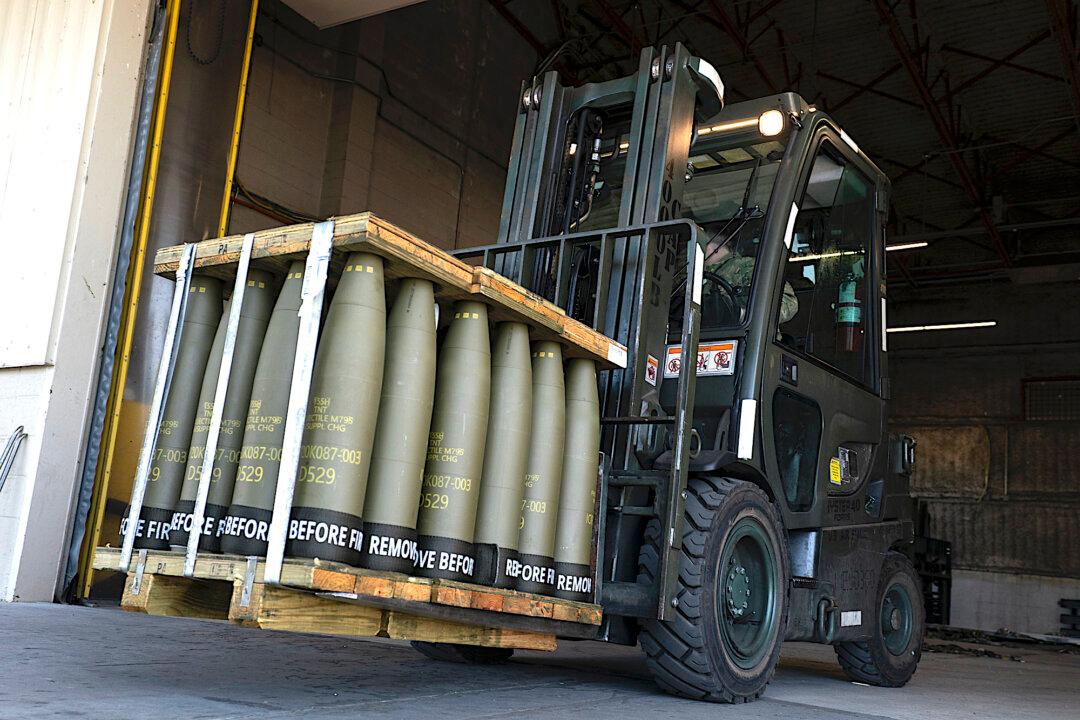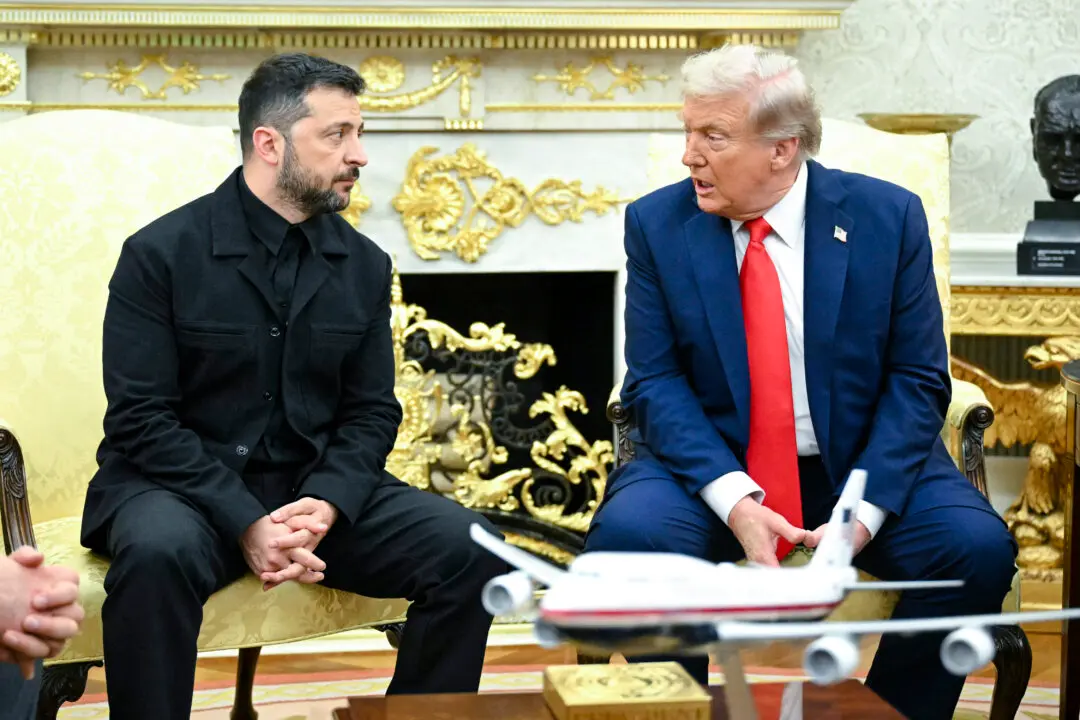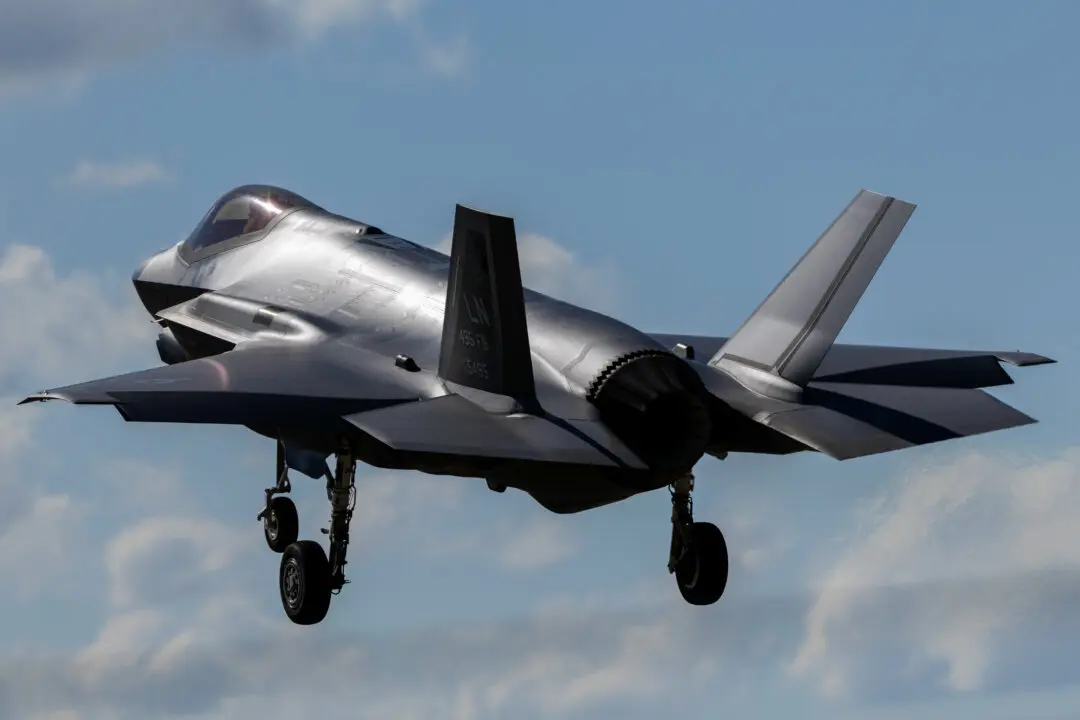Commentary
Germany’s recent agreement to provide $400 million worth of NATO standard 155 mm shells to Ukraine is very generous, although it may end up being irrelevant, since there’s reasonable doubt as to whether the war will still be going on in 2025, when the shells are due to be delivered.





